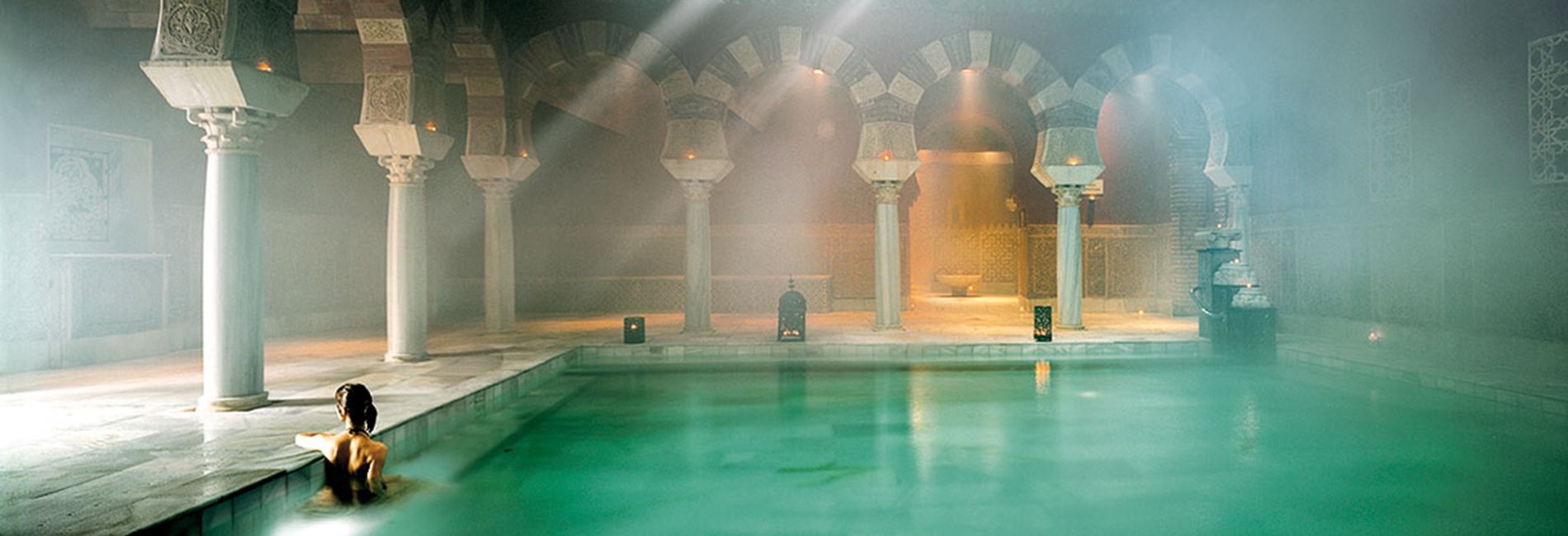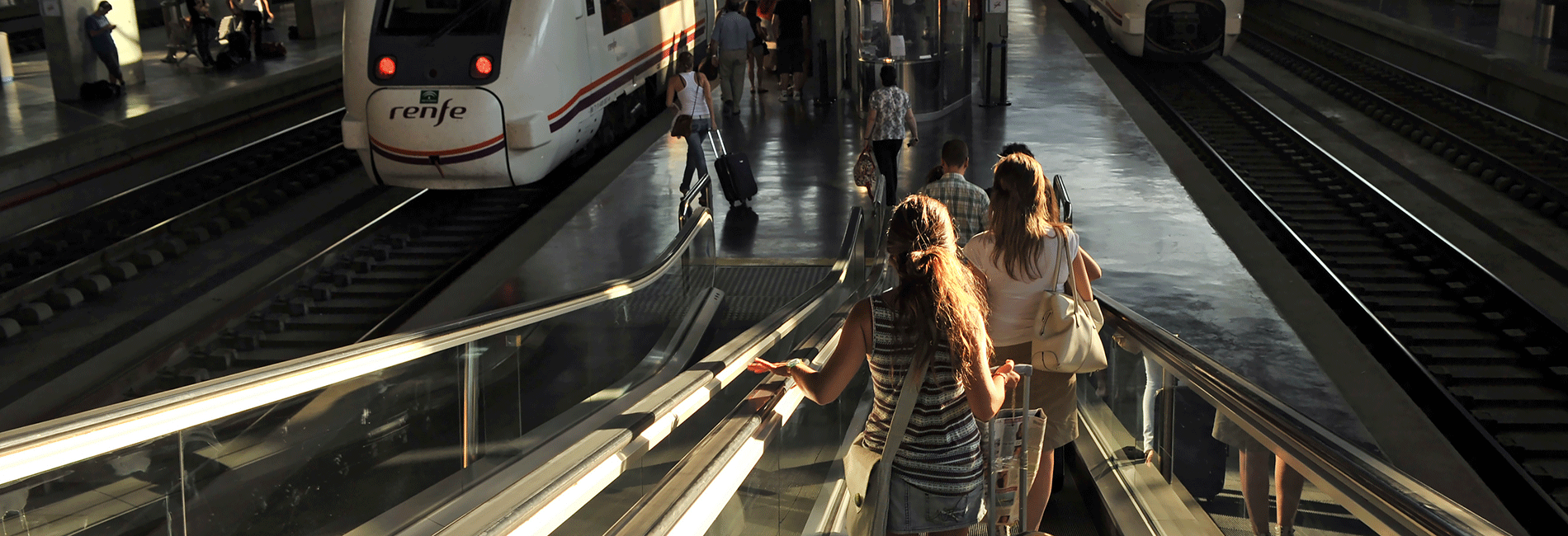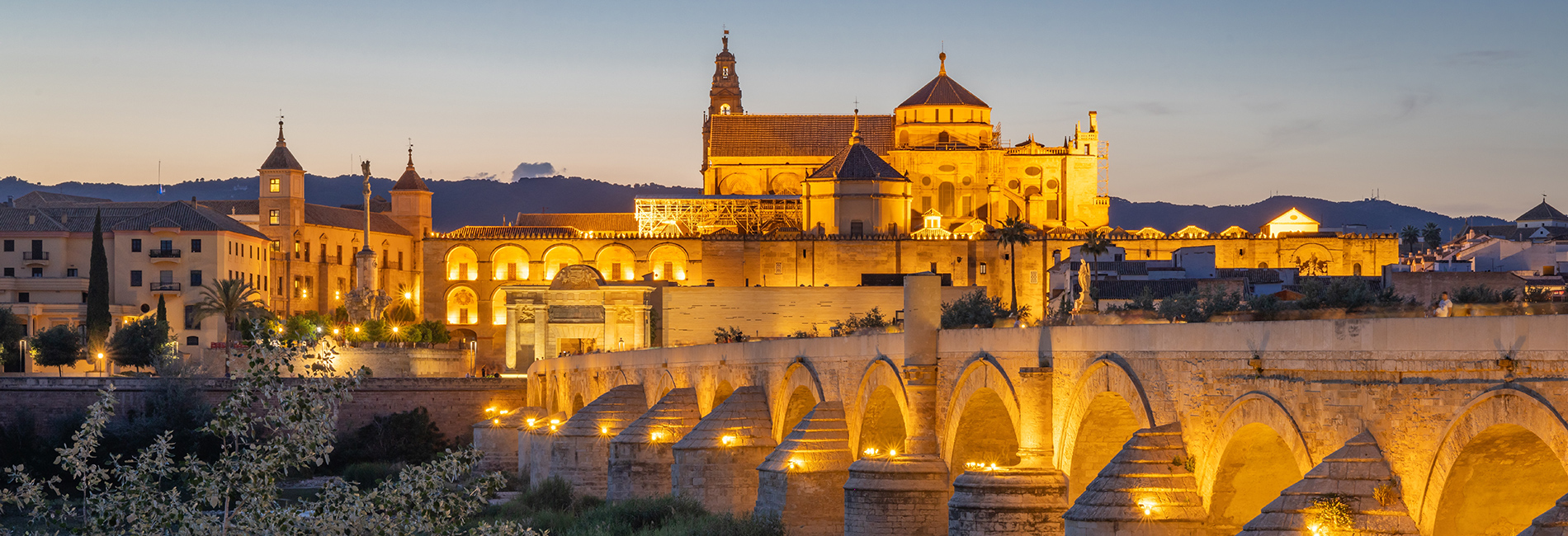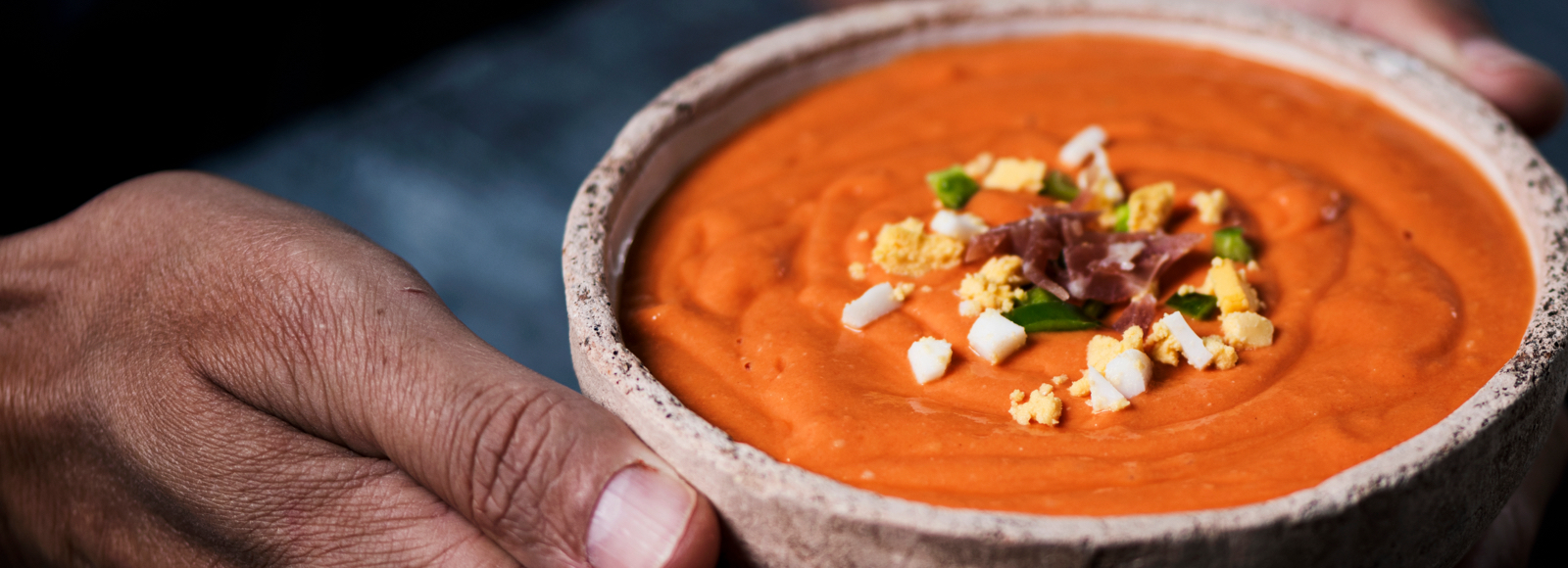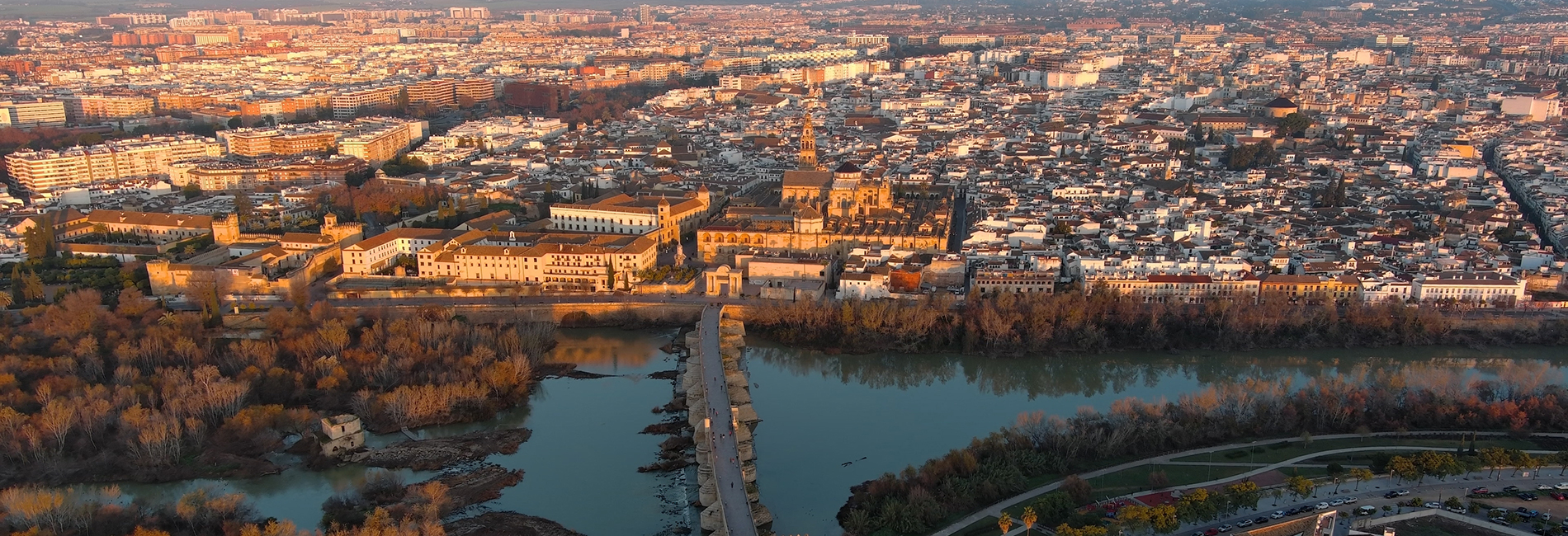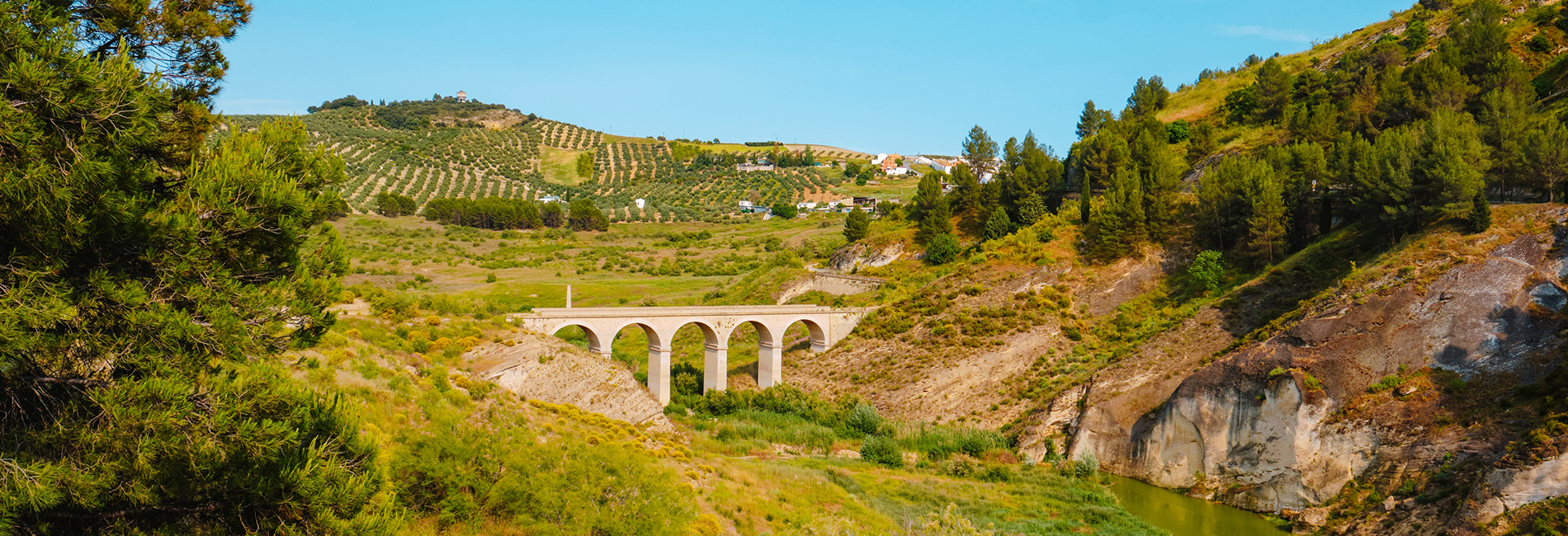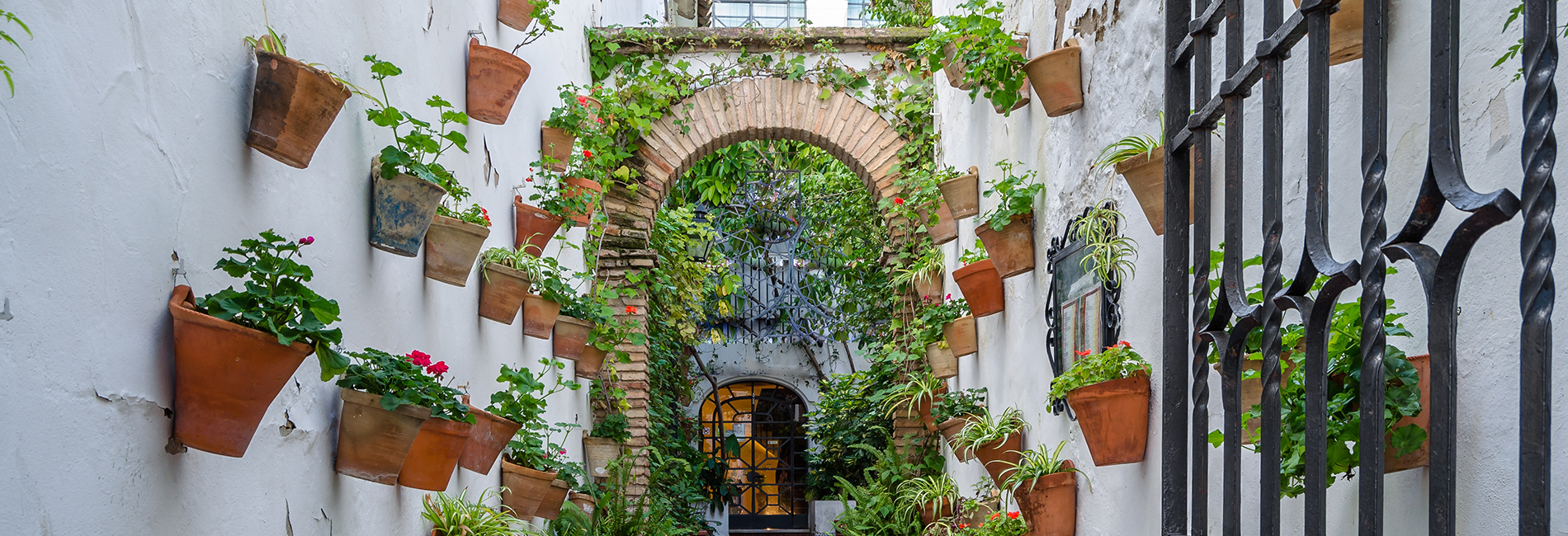Throughout the centuries, Cordoba has been a meeting place for travelers and cultures. Its strategic location and its excellent climatic and natural conditions have made it possible that for more than 20 centuries it has been considered a place of great interest for the different civilizations that have gathered there.
-
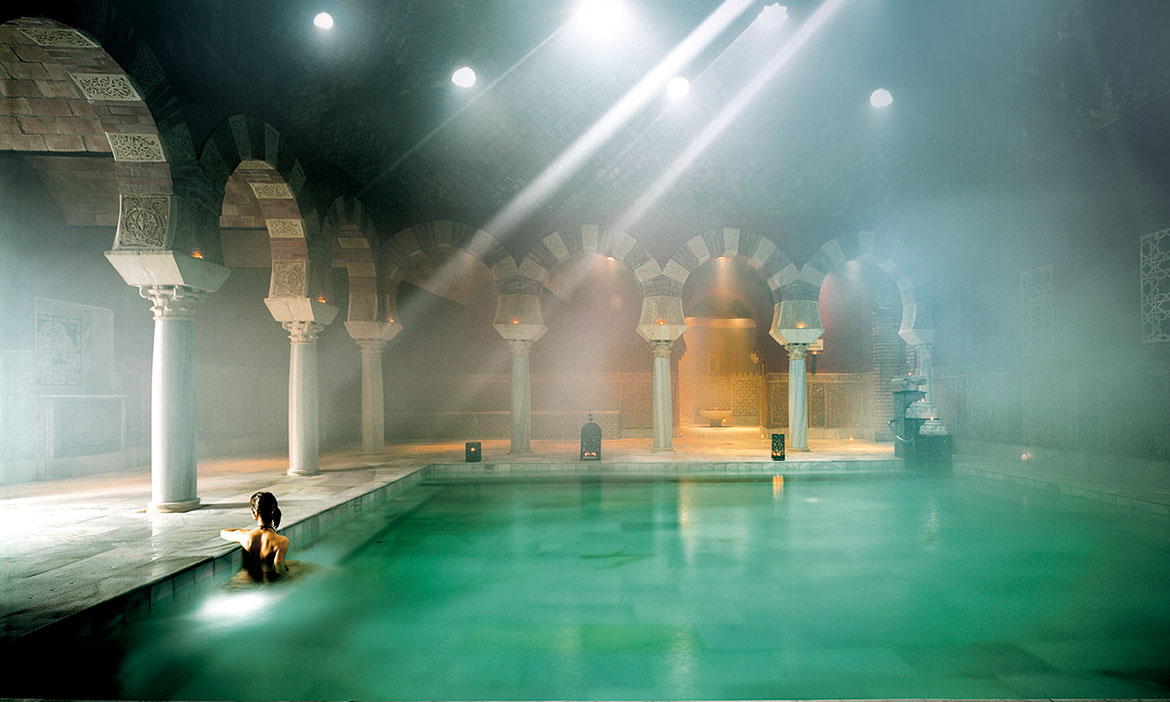
From the Bronze Age to the Baetica, his legacy
Remains have been found dating back to the Final Bronze Age (IX and VIII centuries B.C.), its first settlers were arriving by the Guadalquivir, but its foundation corresponds to the Romans in the second century B.C.
Rome respected the Turdetan name of Corduba and turned it into the administrative capital of Hispania Ulterior and later of the Betica, taking advantage of its raw materials (minerals, food) and placing it in the communications hub of the Betica.
-
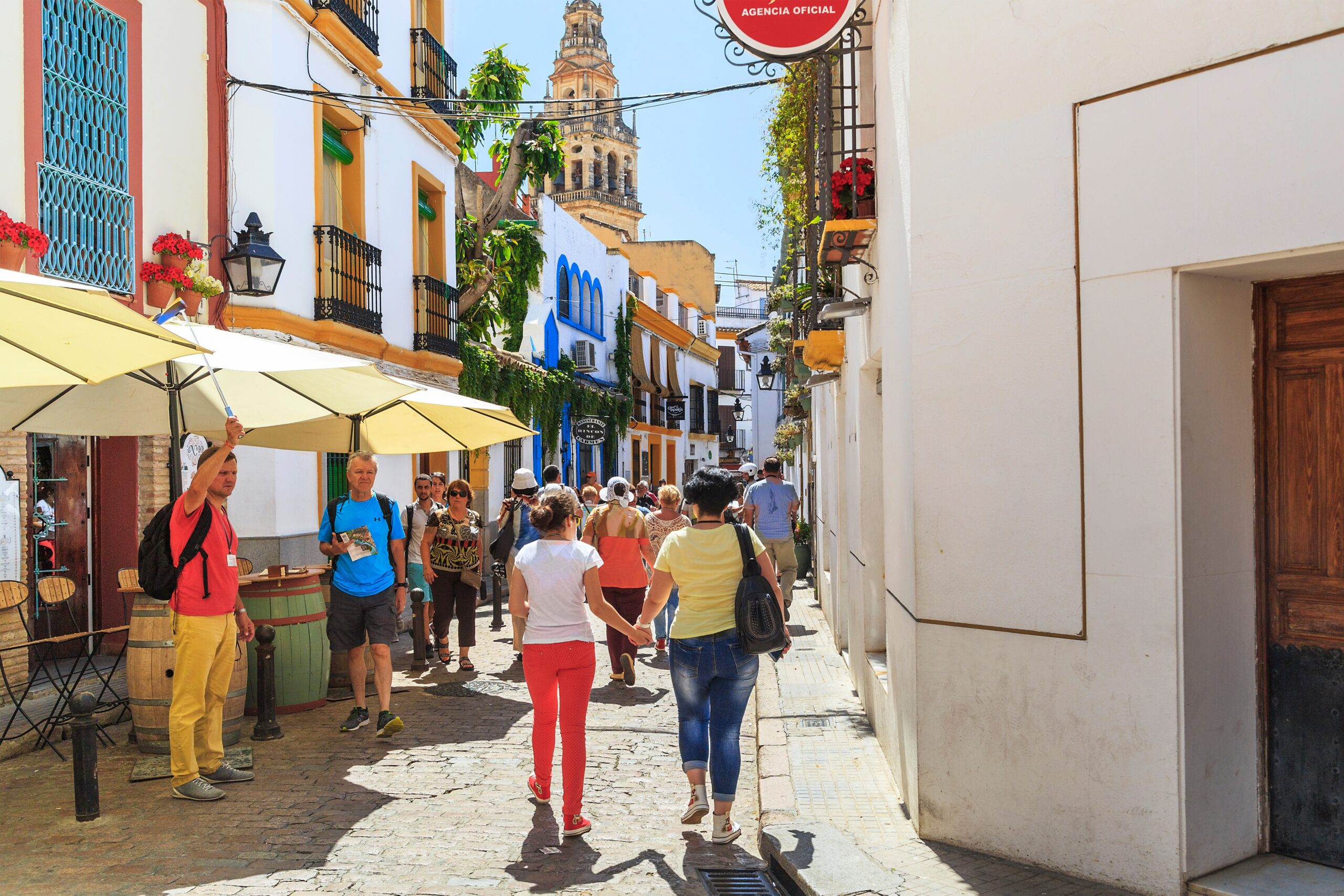
From the Visigoths to the 21st century, his legacy endures
Then came the Visigoths and later, the Muslim Cordoba, which reached its maximum splendor around the 10th century as the capital of al-Andalus and cultural epicenter of the West.
The decline of the Andalusian period overlapped with the Christian conquest in the 13th century, with dynasties and historical events following one another until the Cordoba of the 21st century, an attractive city for cultural, political, economic and social exchange in correspondence with its rich history.
-
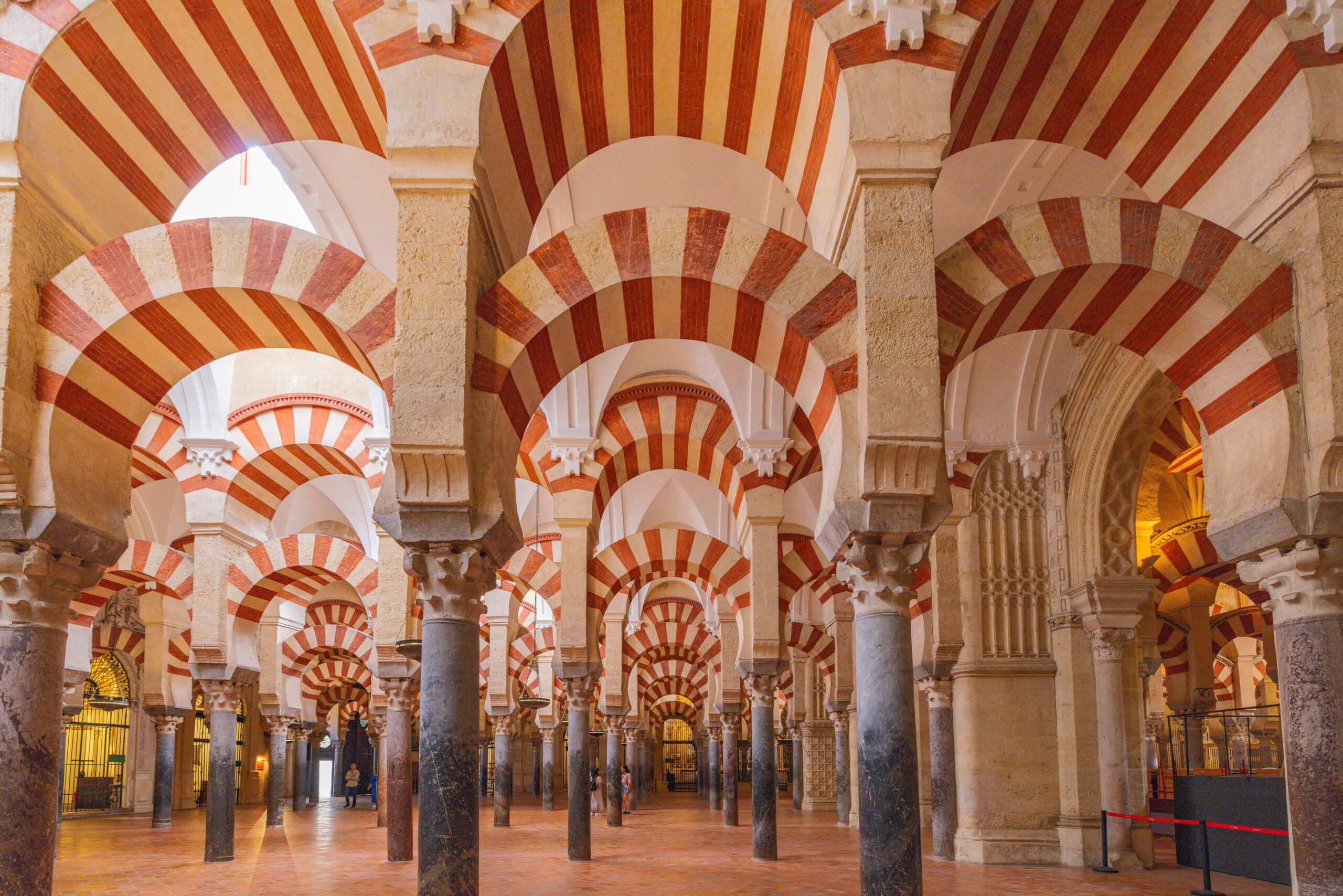
A written city in stone and centuries
Its long centuries of existence and immense development have made possible the composition of a unique historic center, declared in 1994 “World Heritage City” by UNESCO and recognized as the second largest in Europe.
Special mention should be made of the Mosque-Cathedral of Cordoba, which is undoubtedly one of the most amazing monuments of humanity and the most unique religious building of all existing ones. On October 31, 1984 it was declared a ‘World Heritage Monument’ by UNESCO.

